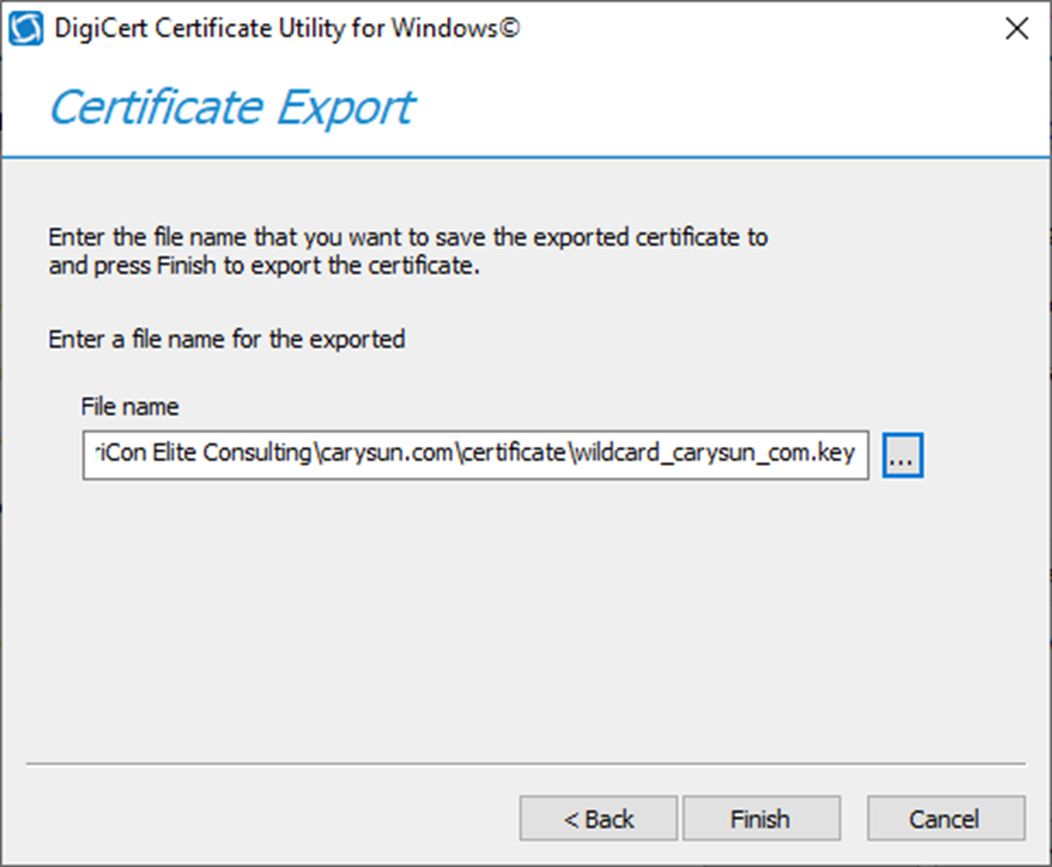

If the key is encrypted a pass phrase will be prompted for. This specifies the input filename to read a key from or standard input if this option is not specified. This specifies the output format, the options have the same meaning as the -inform option. The NET form is a format is described in the NOTES section. On input PKCS#8 format private keys are also accepted. The PEM form is the default format: it consists of the DER format base64 encoded with additional header and footer lines. The DER option uses an ASN1 DER encoded form compatible with the PKCS#1 RSAPrivateKey or SubjectPublicKeyInfo format. Note this command uses the traditional SSLeay compatible format for private key encryption: newer applications should use the more secure PKCS#8 format using the pkcs8 utility. They can be converted between various forms and their components printed out.

You will now have an unencrypted file in decrypted.txt: cat decrypted.txt Now you can unencrypt it using the private key: openssl rsautl -decrypt -inkey private.pem -in file.ssl -out decrypted.txt You look at this file it’s just binary junk, nothing very useful toĪnyone. This creates an encrypted version of file.txt calling it file.ssl, if The public key: openssl rsautl -encrypt -inkey public.pem -pubin -in file.txt -out file.ssl You now have some data in file.txt, lets encrypt it using OpenSSL and You can test it all by just encrypting something yourself using your public key and then decrypting using your private key, first we need a bit of data to encrypt:Įxample file : echo 'too many secrets' > file.txt You’ll now have public.pem containing just your public key, you can freely share this with 3rd parties. Openssl rsa -in private.pem -pubout -out public.pem Openssl rsa -in private.pem -pubout > public.pem This file actually have both the private and public keys, so you should extract the public one from this file: openssl rsa -in private.pem -out public.pem -outform PEM -pubout This creates a key file called private.pem that uses 1024 bits.

#Openssl convert pem to pfx password
Using OpenSSL on the command line you’d first need to generate a public and private key, you should password protect this file using the -passout argument, there are many different forms that this argument can take so consult the OpenSSL documentation about that. Openssl pkcs12 -export -in certificate.cer -inkey privateKey.key -out certificate.pfx -certfile CACert.cerĬonvert PFX to PEM openssl pkcs12 -in certificate.pfx -out certificate.cer -nodes p12) openssl pkcs12 -export -out certificate.pfx -inkey privateKey.key -in certificate.crt -certfile CACert.crtĬonvert PEM to CRT (.CRT file) openssl x509 -outform der -in certificate.pem -out certificate.crtĬonvert PEM to DER openssl x509 -outform der -in certificate.pem -out rĬonvert PEM to P7B openssl crl2pkcs7 -nocrl -certfile certificate.cer -out certificate.p7b -certfile CACert.cerĬonvert PEM to PFX openssl pkcs12 -export -out certificate.pfx -inkey privateKey.key -in certificate.crt -certfile CACert.crtĬonvert DER to PEM openssl x509 -inform der -in certificate.cer -out certificate.pemĬonvert P7B to PEM openssl pkcs7 -print_certs -in certificate.p7b -out certificate.cerĬonvert P7B to PFX openssl pkcs7 -print_certs -in certificate.p7b -out certificate.cer You can add -nocerts to only output the private key or add -nokeys to only output the certificates.Ĭonvert a PEM certificate file and a private key to PKCS#12 (.pfx. p12) containing a private key and certificates to PEM openssl pkcs12 -in keyStore.pfx -out keyStore.pem -nodes der) to PEM openssl x509 -inform der -in certificate.cer -out certificate.pemĬonvert a PEM file to DER openssl x509 -outform der -in certificate.pem -out rĬonvert a PKCS#12 file (.pfx. These commands allow you to convert certificates and keys to different formats to make them compatible with specific types of servers or software.Ĭonvert a DER file (.crt. I was able to convert pem to crt using this: openssl x509 -outform der -in your-cert.pem -out your-cert.crt


 0 kommentar(er)
0 kommentar(er)
